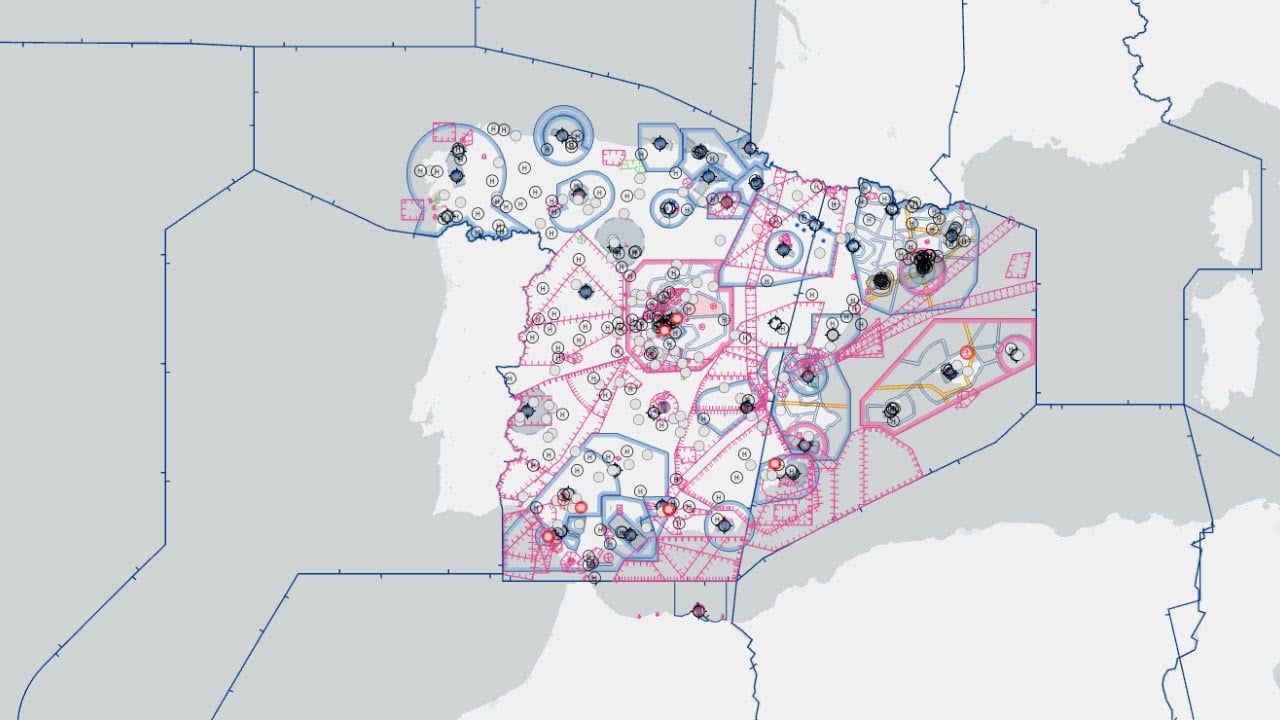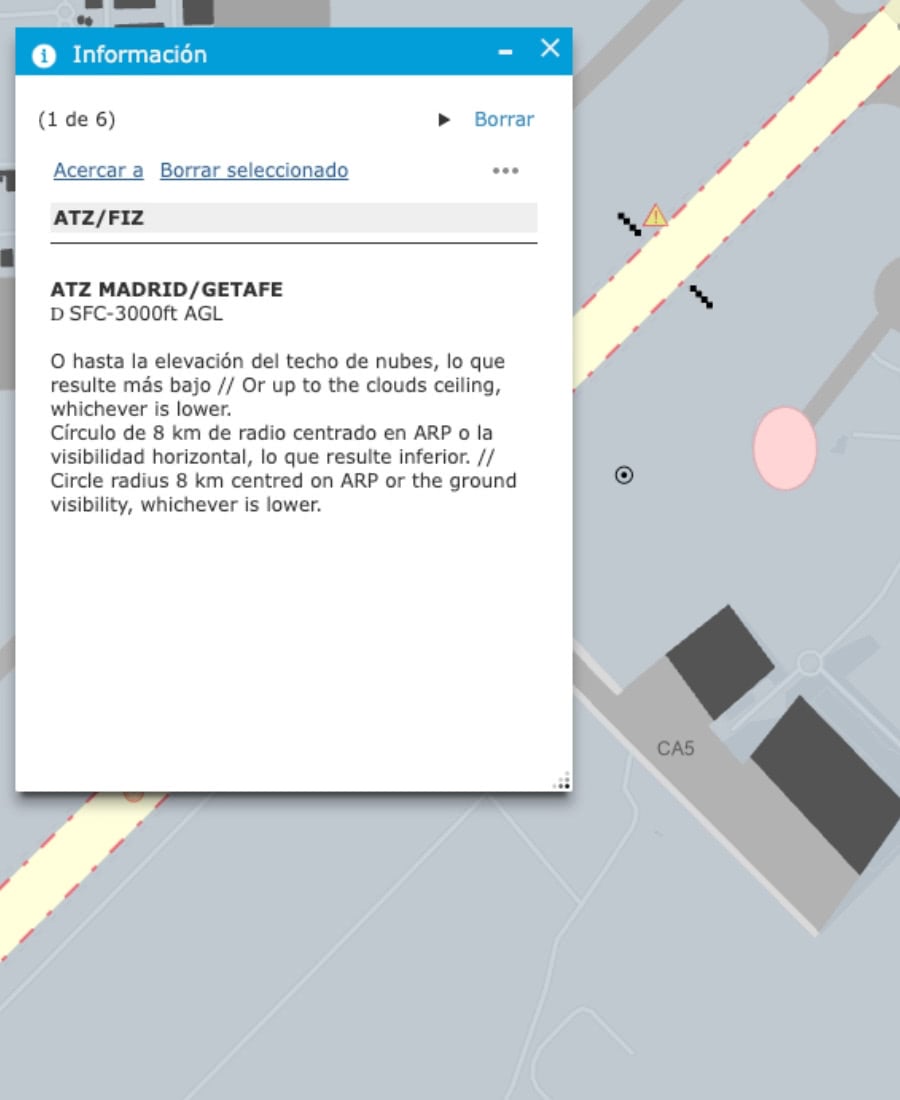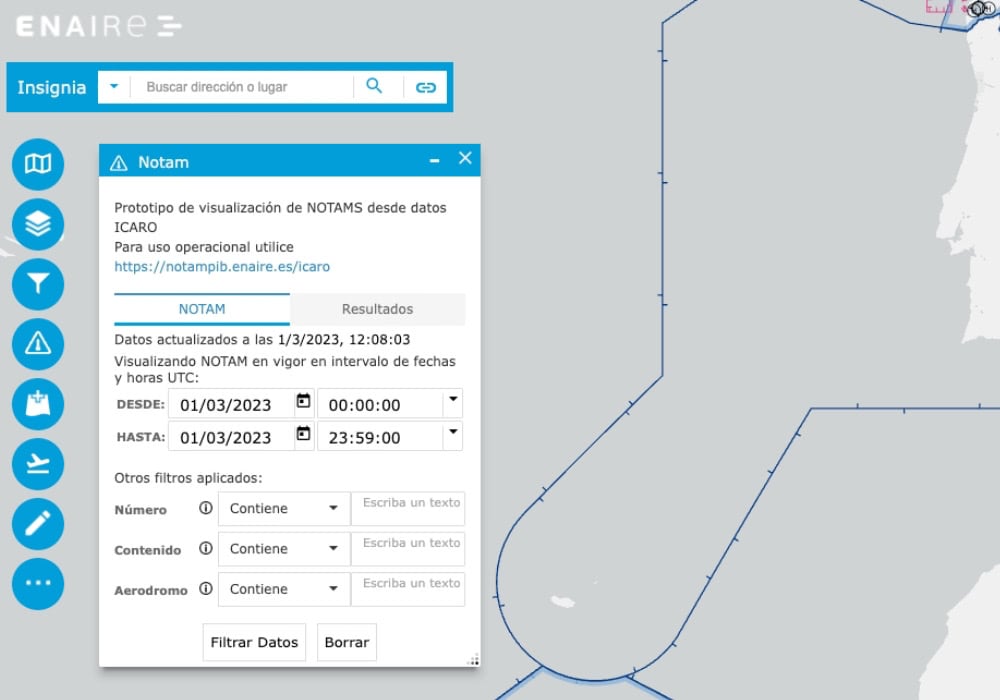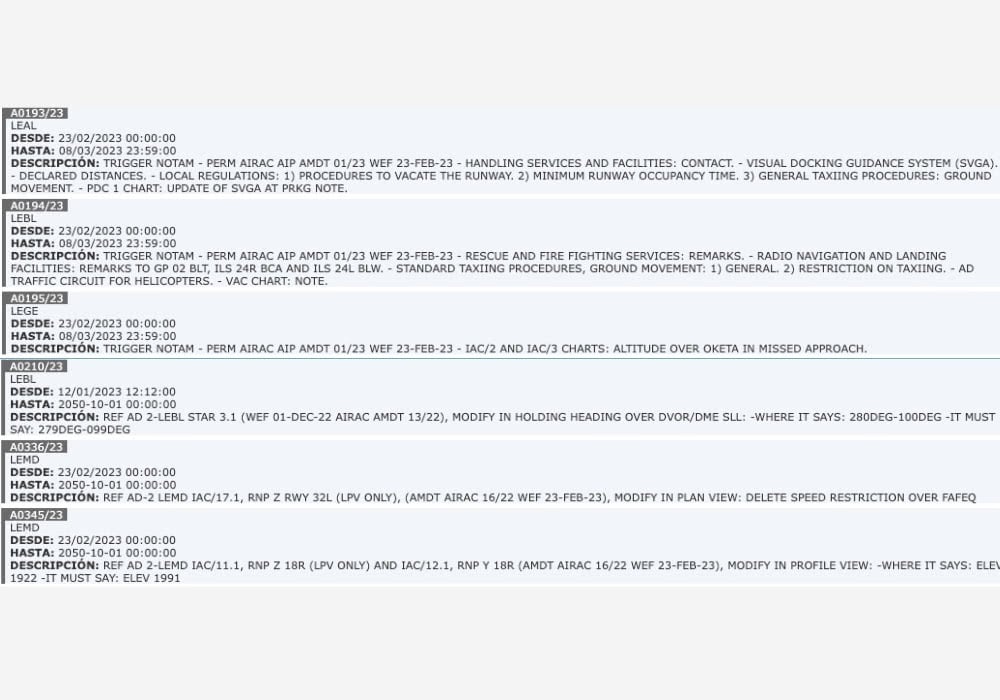You know that, in aviation, safety is paramount to ensure that all procedures are carried out properly. One of the key elements in this area is the NOTAM, an acronym for Notice to Airmen.
Throughout this article, we will take an in-depth look at what a NOTAM is, what information contains and its importance in aviation.







